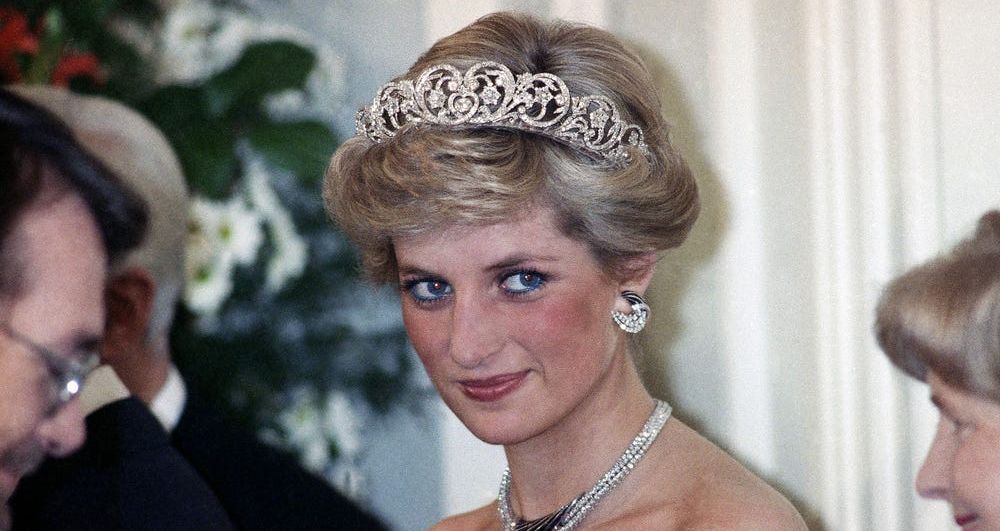This is the second part of my series about Product Ownership concepts inspired by Netflix’s “The Crown”. For part one, check out The technical Debt of Elizabeth Regina, Product Owner.
Ah, the British Monarchy. One of the longest running institutions, and by extension brand names, in the world. Like every organization, the monarchy depends on certain attributes to survive. They have to deliver value, they have to innovate and adapt to change, they must do so in a timely manner, and so on. In product ownership, we say that there are four Key Value Areas (KVAs) in which an organization must show strength if it is to survive long term:
- Current Value – The value that the product delivers to customers, today
- Time-to-Market – The organization’s ability to quickly deliver new capabilities, services, or Products
- Ability to Innovate – The ability of a product organization to deliver new capabilities that might serve the customer needs
- Unrealized Value – The potential future value that could be realized if the organization could perfectly meet the needs of all potential customers.
(Definitions taken from the EBM guide)
I don’t want to get too far in the weeds about how these KVAs are measured or of what they are comprised. But what I want to point out is that by the 1980’s the British monarchy scores pretty low on all these categories. People were questioning what value, if any, did the royals provide. The monarchy and its lifestyle were seen as increasingly out of touch (especially as the Thatcher years brought high unemployment and unrest), and as unwilling or unable to change. And most of all, it didn’t seem like there was much prospect for a better future from the royal house any time soon, especially when you consider prince Charles – the heir apparent.
And then, almost suddenly, the KVAs shift. Prince Charles married lady Diana Spencer, and a new world of possibilities opened to the British people. The new princess was beautiful, charming, kind, and engaged. She was, in a word, the opposite of everything the people had learned to scorn about the royal family. Soon after the wedding, the princess gave birth to a son and an heir, and the future became even brighter. For the first time in a long time, the people had a sense of the potential future of the monarchy. For the first time in a long while, the royal family has demonstrated Unrealized Value.

And the British people, the consumers of this product called “the Monarchy,” bought into it in a big way. They spent their attention, their support, and their love on Diana and she became immensely popular. She then went on to exhibit strength in other KVAs as well. She demonstrated the ability to innovate and change with the time by going to visit AIDS patients and shaking their hands. She visited hospitals, minefields, and leprosy missions – places which the royal family had given patronage to for years, but would never dream of going to see. She dared do what no royal ever did, and in doing so gave the people a new reason to continue to buy into this product that they had been consuming for decades with ever-declining enthusiasm.
I’m not going to get into the divorce and death part of the story, because this blog is ultimately about agility, not about the British Monarchy.* But I will note one thing: The royal family responded to Diana’s conduct in much the same way that an established top-down organization might respond to an agile transformation. They tolerated it to a point, tried to fit it into their existing mold, and very much put the brakes on any ideas about changing their own conduct. I’ve been recently talking with my fellow Agile Coach Felix Schwindl about Agile transformations and the importance of management buy-in in order for them to succeed. In the case of Lady Di, I think it is safe to say that the management didn’t “buy-in.”
Next week on the blog, part three of the series: “The Product Goal of Margaret Thatcher.”
Want to talk more about Product KVAs, the Crown (real or show), or anything else in the agile sphere? Drop me a line at boaz@makecodebetter.com or through my linkedin page!
* If you’re interested in more information about Princess Diana and her collision with the ultimate top-down organization, I highly recommend the podcast “You’re Wrong About,” which did a five-part series about Diana.
